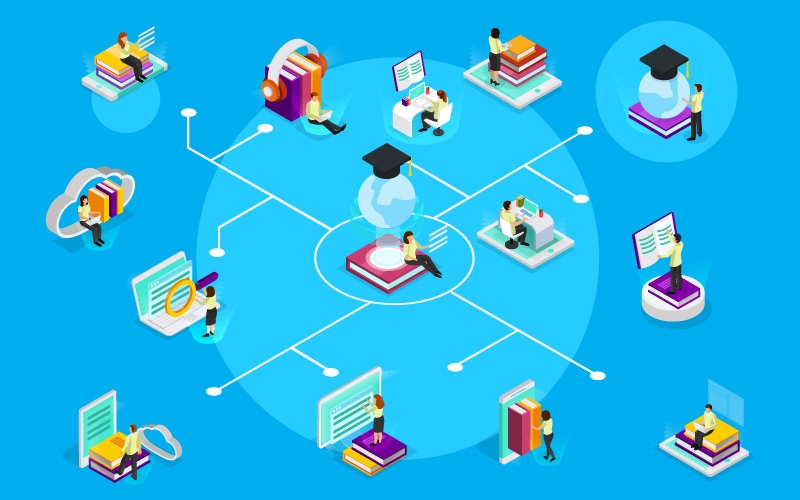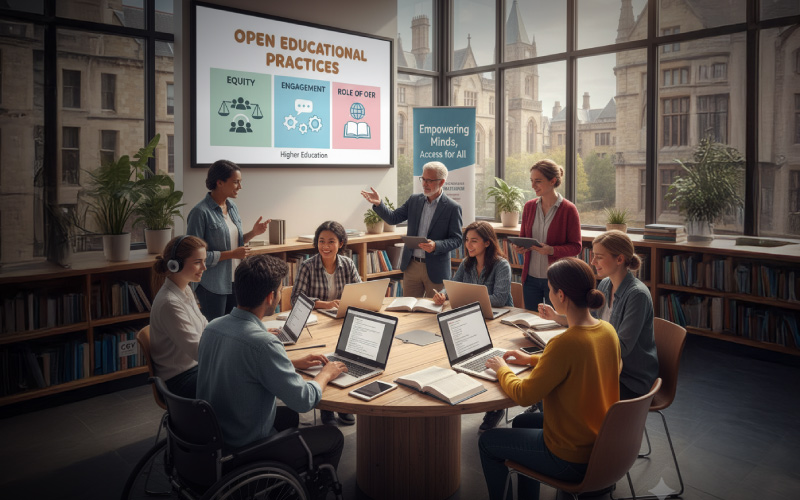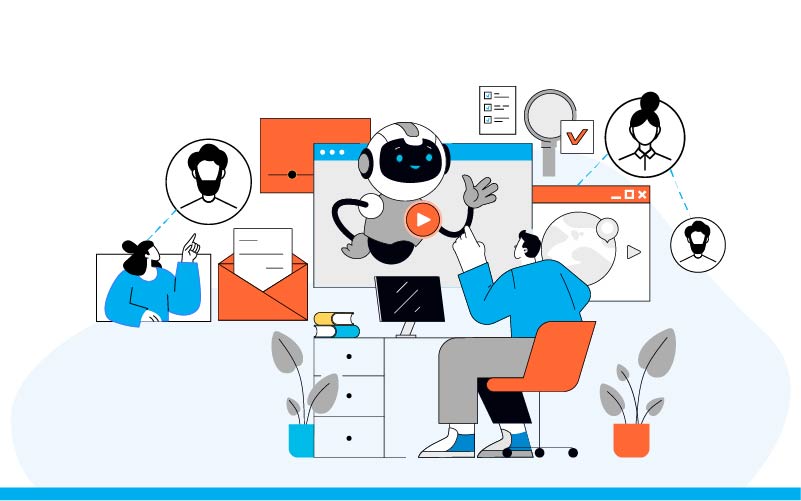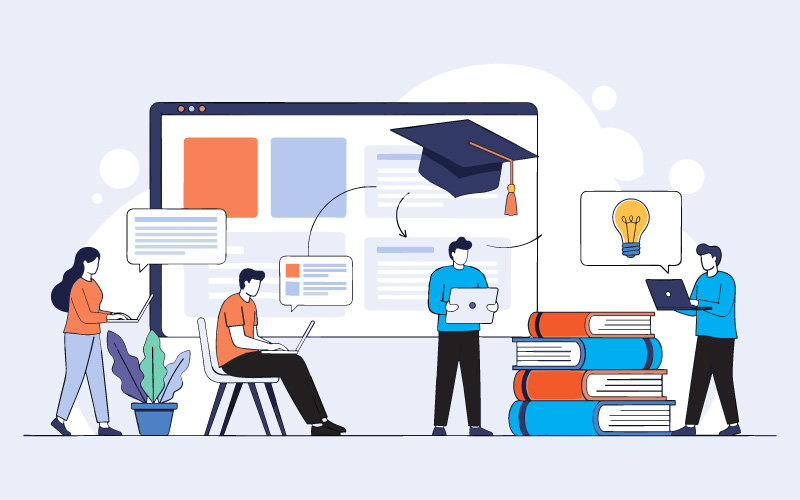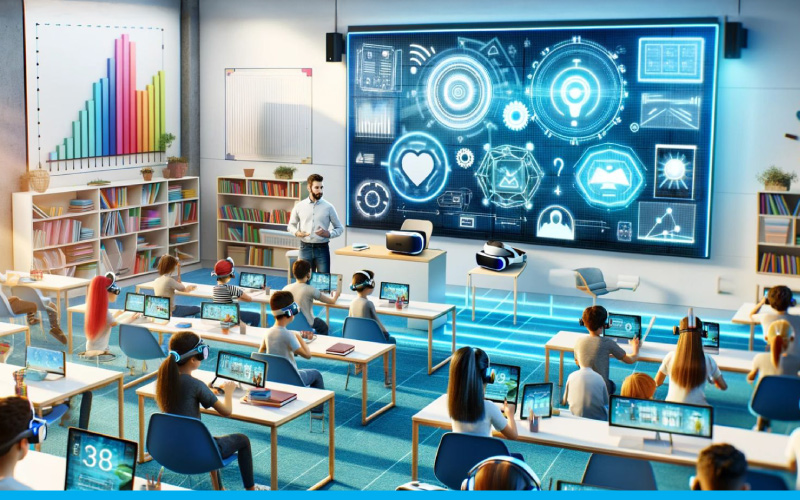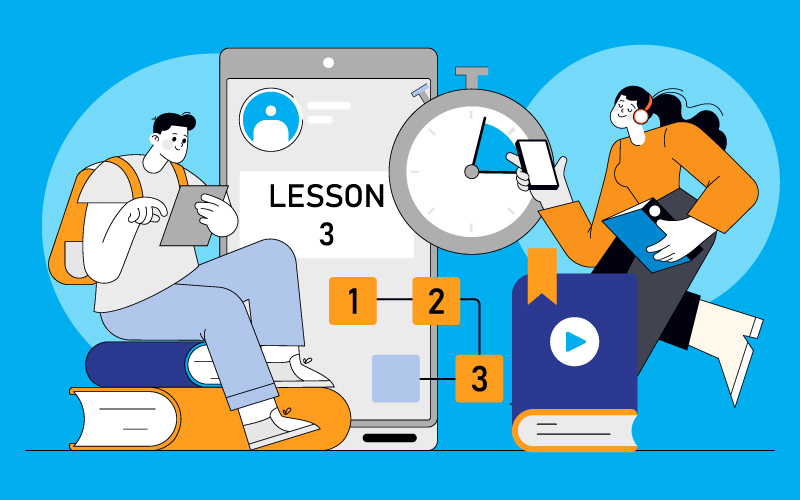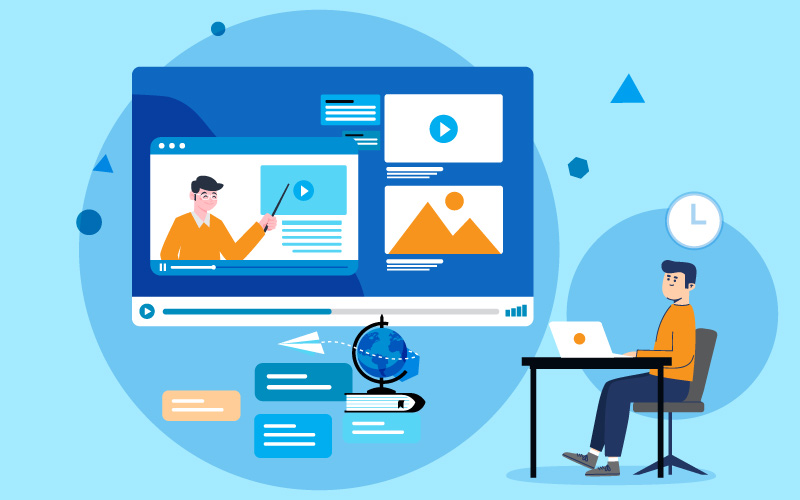The Rise of Global Classrooms: How Hybrid and International Models Are Reshaping Universities
Some enrollment reports show a quiet shift in how students move across regions. One dataset from a mid-sized public university recorded a 6 to 8% rise in cross-regional course participation over two years, even though total enrollment stayed almost flat.
Lifelong Learning Ecosystems: Sustainable, Skill-First Learning Models
Discover how MITR Learning and Media’s lifelong learning ecosystem uses analytics-backed pathways and diverse content formats to support continuous, skill-first learning from K12 to the workplace.
Open Educational Practices: Equity, Engagement, and the Role of OER in Higher Ed
Some colleges report that close to half of their first-year students access at least one course without the assigned materials.
AI-Driven Personalization: The Future of Learner-Centered Experiences
The way students learn is changing, and degrees are no longer the only measure of success.
Microlearning & Microcredentials: Bite-Sized Payload, Big Impact
The way students learn is changing, and degrees are no longer the only measure of success.
Immersive Learning with AR & VR: The Next Campus Frontier
In 2024, a mid-sized university examined two sections of an introductory mechanics course. One worked with screen-based digital assets.
How Learning Analytics Is Driving Equity and Retention in Higher Education
Student data has become a live reflection of academic behavior rather than a static record. Every interaction within a learning environment now leaves a measurable trace- how students navigate materials, engage with peers, or progress through assessments.
Blended and HyFlex Classrooms: AV Tech at the Heart of Modern Learning
The way students learn is changing, and degrees are no longer the only measure of success.
From Microlearning to Microcredentials: What Students Want in 2025
The way students learn is changing, and degrees are no longer the only measure of success.
The Online Learning Tipping Point: 2025’s New Normal in Higher Education
Micro-credentials and digital badges are transforming education and workforce development. These stackable, industry-aligned certifications validate specific skills faster and more affordably than traditional degrees. This guide explores their design, challenges like standardization, and future trends including AI personalization and micro-degrees. Discover how institutions can leverage these tools within custom eLearning frameworks to empower lifelong learning and meet evolving workforce needs.


